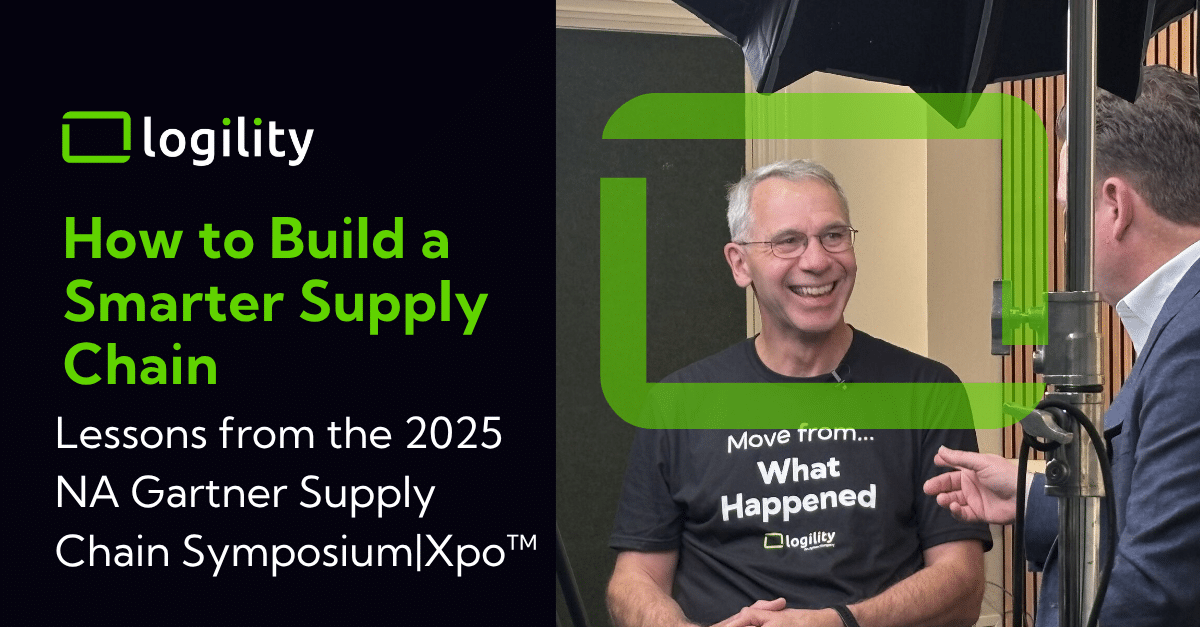
Segmentation strategy is a hot topic, especially in the supply chain. For many companies the focus is to isolate a handful of key customers and then lump all of the rest together.
It’s a bit like a naïve Pareto analysis.

The isolation of these customers is partially based on volume and partly based on governance. For example, a big box retailer is more likely to measure performance AND have the ability to enforce that performance in the form of penalties and preferences. They can exert power and manufacturers know this.
What is the special treatment the “A” customers receive? How is the segmentation used? For the most part these customers receive a higher focus on fill rate adherence and increased priority during times of allocation. This, in fact, is not segmentation nor is it strategy. Instead this is more akin to a traditional expediting program. This approach works because the goal (to keep the customer happy) is met based on priority.
You may ask then, why did I call this a naïve Pareto view of customer segmentation?
This approach is missing a way to identify and take advantage of opportunity with both the “A” customers as well as the “Others”. It is one thing to meet a goal; it is another to identify how a relationship can provide further benefit to your organization. You never know, there may be the next Wal-Mart or Target hiding in the “Other” pile. And, keep in mind that volume ranking doesn’t always equate to the highest margin or profitability.
How do you change your segmentation to put some weight on the emerging stars? How do you add in some analysis that is forward looking? And then, what can you do to capture this market?
I will explain with a personal story.
I had a run in with United Airlines a few months ago and the customer service offered to me was lacking, what felt like United’s lowest level of service available. Why? I have not flown United much in the last 5 years, I am not one of their important frequent flyers, the cash cows. These fliers receive the “A” service.
I would propose that I might merit a higher level of service if they took a moment to segment on opportunity. I fly 75k+ business miles a year. Those are high-margin business miles. Surely it should be easy to find my travel profile and figure out that I am a potentially profitable customer. Heck, they could look in their own data base and see that I had more than 500K miles on their airline at one point.
But they didn’t. They are segmenting their customers purely on recent volume which misses a lot of opportunity.
Let me circle this back to the initial point. Today’s idea of segmentation misses several opportunities. One of these is that there is likely a second level of customers who have strong volumes and margins and yet are placed in the “Other” pile.
My advice: Take the segmentation exercise to your next tier of customers. I have a strong feeling you will release significant incremental value from this exercise.
If all we are doing is using customer segmentation to prioritize allocation we are missing out on potential value. We should look at how to tailor a specific, profitable supply chain response to both “A” and “B” customers.
This is where you will start “thrilling” customers with your ability to serve their specific needs. This is where you will start to see margin impact through cost savings and fill rate improvements.
The naïve Pareto is missing an opportunity to pull more profit from your supply chain. Segmentation has been a popular supply chain topic recently but there is still a big gap between theory and practice.


